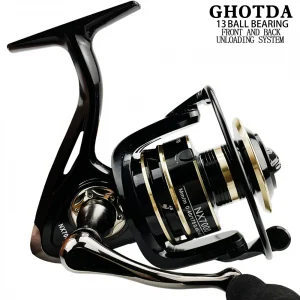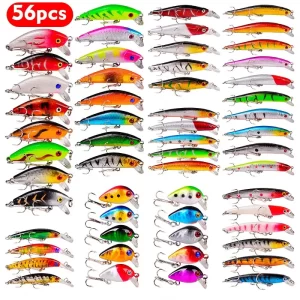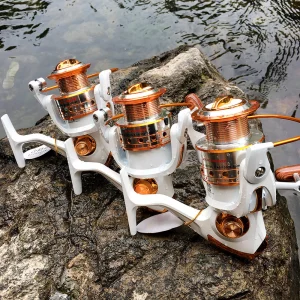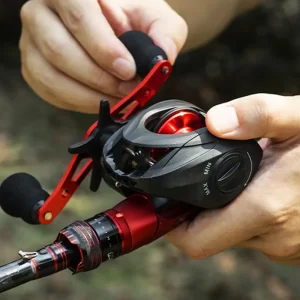Fishing rod building is an art form that dates back centuries, passed down through generations of anglers. It’s not just about assembling a fishing rod; it’s about understanding the materials, their properties, and the techniques involved in creating a custom rod that perfectly suits your fishing style and needs. Fishing rod making is an art, and from choosing the right materials to the final touches, we’ll help you create your own custom fishing rod.
Choosing the Right Materials
The first step in building a custom fishing rod is selecting the right materials. You’ll need a blank, which is the backbone of the rod. Blanks are made from various materials, including fiberglass, graphite, and boron. Each material has its own unique properties, such as weight, stiffness, and flexibility. Choose a blank based on your fishing style, the type of fish you target, and the conditions you’ll be fishing in.
Rod Handle and Grip
The handle and grip are critical components of a fishing rod. They need to be comfortable, providing a secure and firm grasp. There are various types of handles available, including cork, EVA foam, and urethane. Choose a material and design that feels comfortable in your hand. Adding a quality grip not only improves your grip but also provides extra comfort during long fishing sessions.
Rod Guide andferrules
The rod guides are the metal components that attach the reel seat to the blank. They need to be sturdy and durable to withstand the demands of fishing. Choose guides that are made from high-quality materials and are designed for the type of fishing you do. Ferrules are the sections of the rod where the guides attach. They should be strong and provide a solid connection between the guides and blank.
Reel Seat
The reel seat is where you attach your reel to the rod. It needs to be sturdy and adjustable to allow for a solid connection between the reel and rod. There are various types of reel seats available, including single-piece and two-piece designs. Choose a design that suits your fishing style and provides a secure connection for your reel.
Finish and Paint
The finish and paint job on your custom rod are what give it its unique look and feel. Choose a paint color that complements your fishing gear and is easy on the eyes. The paint should be durable and provide a smooth finish that feels good in your hand. It’s also important to seal the paint after applying it to protect it from wear and tear.
Putting it All Together
Once you have all the parts, it’s time to assemble your custom rod. Start by laying out all the components and checking them against the plans or design you have in mind. Make sure everything is clean and free of debris before starting. Follow the manufacturer’s instructions for assembly, paying attention to detail and ensuring each component is installed correctly.
Final Touches
Once your rod is assembled, it’s time for the final touches. Test it out by casting dummy line to ensure everything works as it should. Check for any wobble or looseness in the ferrules or guides. If everything checks out, you’re ready to use your custom rod!
Building a custom fishing rod is not only about assembling the components; it’s about creating something unique and personalized that suits your fishing style and needs. By choosing the right materials, paying attention to detail during assembly, and putting in the necessary time and effort, you can craft a custom rod that will become a cherished part of your fishing arsenal for years to come.
More: Fishing Reel Maintenance: Preserving Performance and Longevity






